What to Look Out For - March
Brown Hares are now well into their breeding season and much boxing activity occurs during March. The first bats emerge, with Pipistrelle species generally being amongst the first to awaken. Pipistrelles tend to occur in smaller, less stable hibernation sites which warm up quickly. Their inability to hold large amounts of fat and efficient predation of small midges makes them particularly adapted to early spring foraging. Hedgehogs are also emerging from hibernation towards the end of March if the weather is mild.
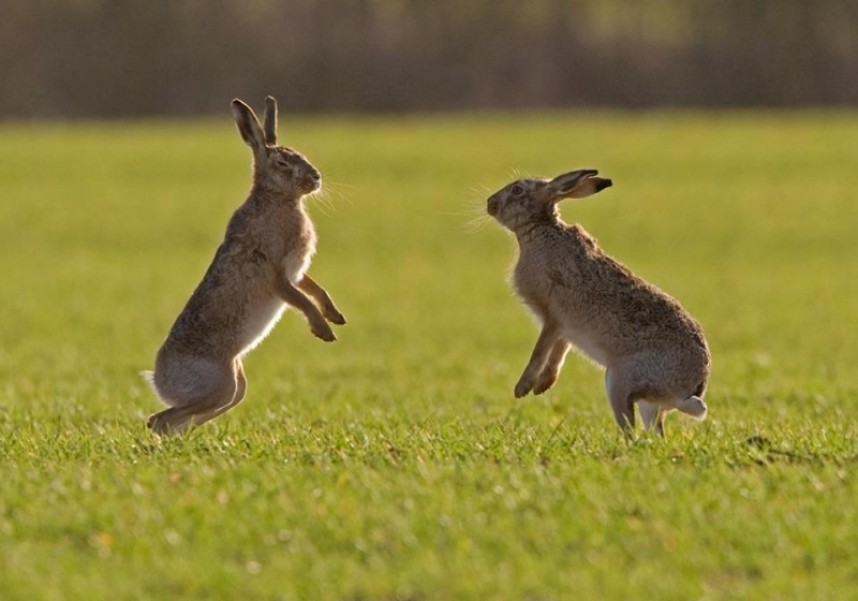
Brown Hares boxing © Steve Race
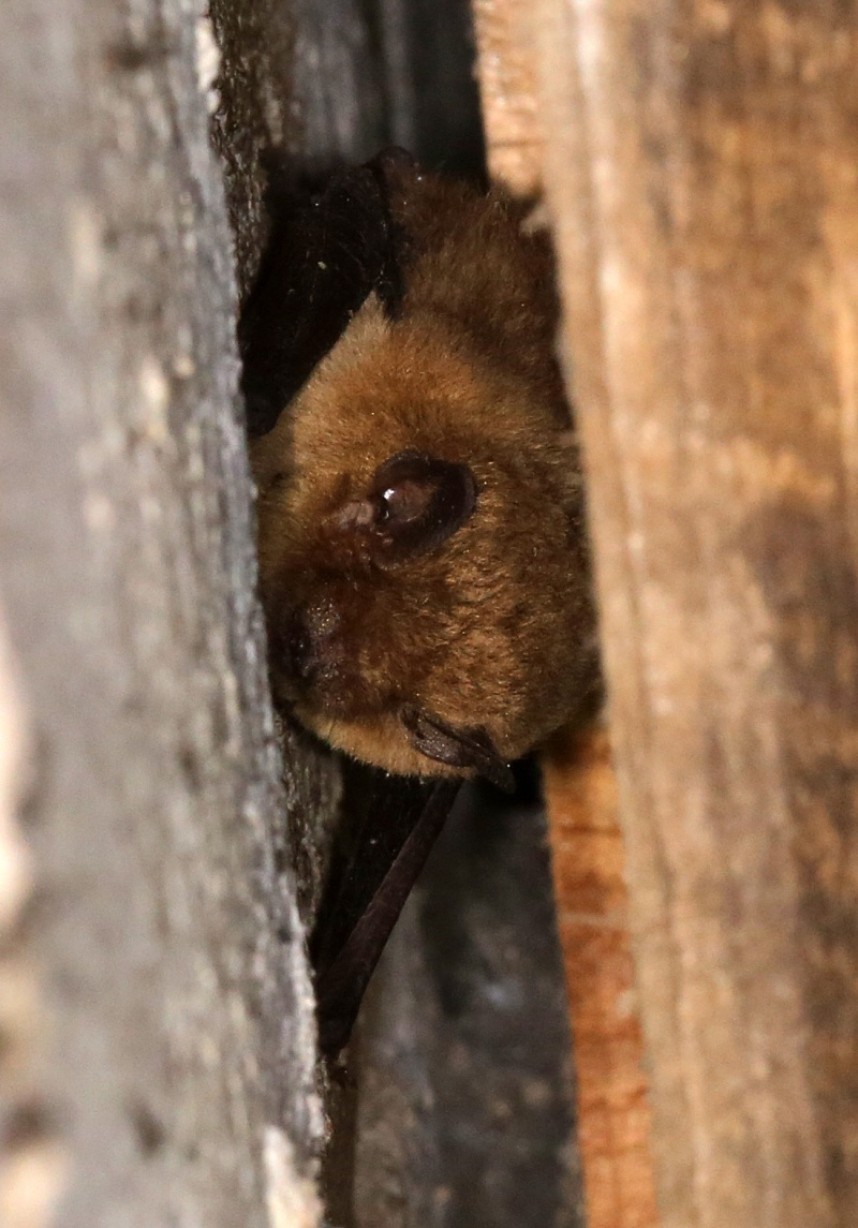
Soprano Pipistrelle © Dan Lombard
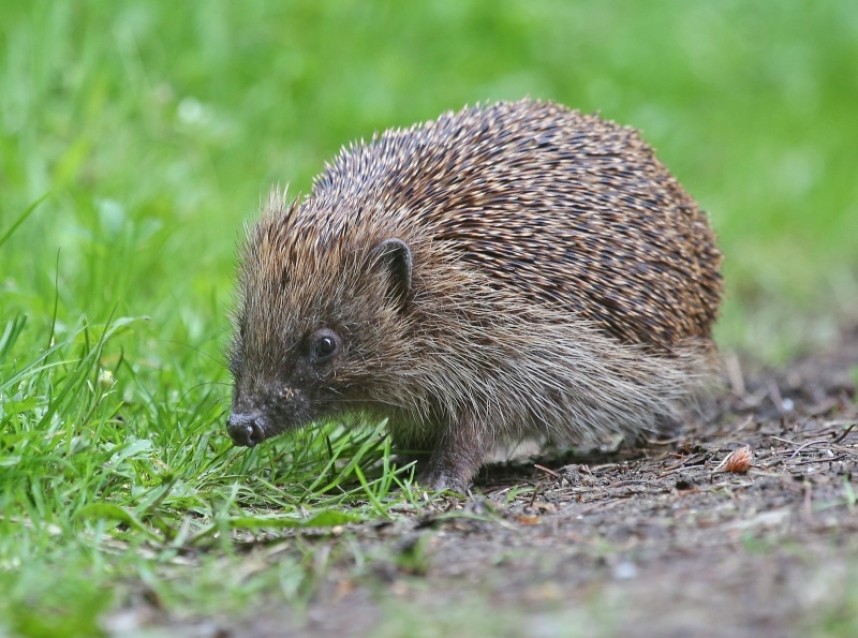
Hedgehog © Dan Lombard
March represents a transitional period in which amphibian activity increases rapidly, with most species exhibiting the start of breeding behaviour. Smooth, Palmate and Great Crested Newts go about their business in a secretive fashion, returning to ponds to breed. Reptiles too are getting ready for the breeding season with Adder and Common Lizard the first two species to emerge. It is important for males to bask in this early spring period so they can attain breeding condition.
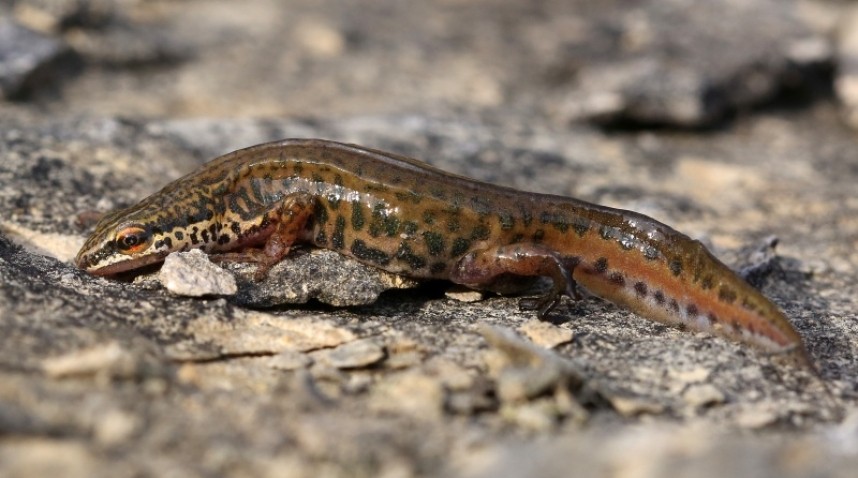
Palmate Newt © Dan Lombard
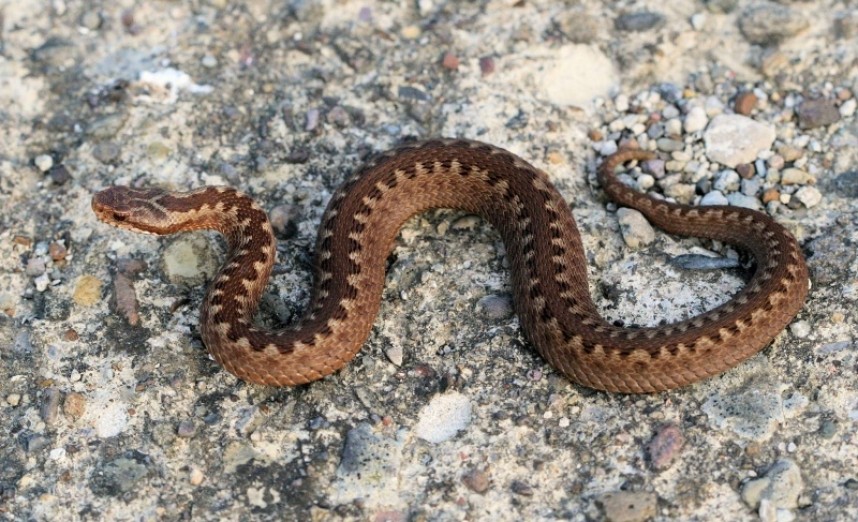
Adder © Richard Baines
Early spring is a great time to see resident birds displaying. Look above your local wood on warm sunny days for Sparrowhawks performing a slow display flight, lifting and dropping their wings higher and lower than usual, while in the Great Yorkshire Forest it’s the peak month for Northern Goshawk display. These majestic birds often soar to a great height before folding their wings in a plunge dive, only to pull out of the dive in an amazing steep climb - a real rollercoaster ride!
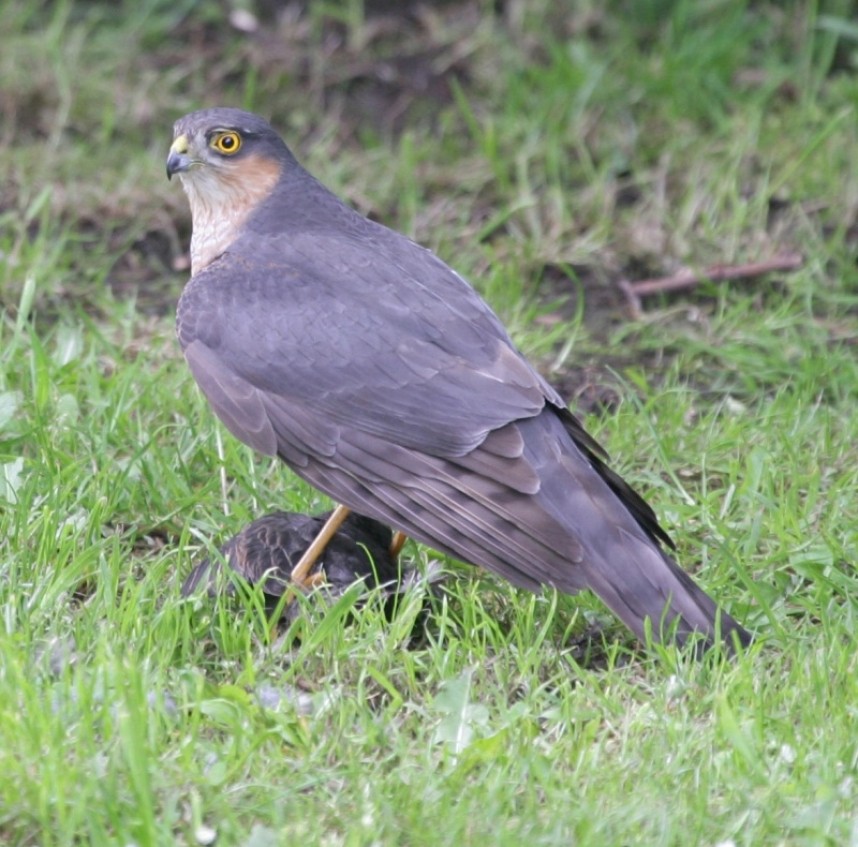
Sparrowhawk © Richard Baines
On heather moors listen for the first plaintive cry of the Golden Plover and bubbling song of the Curlew, while at the coast seabirds are returning. The first Puffins return to the chalk cliffs of Flamborough Headland, but anywhere from Staithes and Whitby south to Bridlington you could spot them on the sea. The first songbird migrants arriving from southern Europe and Africa are often Chiffchaff, Blackcap and Wheatear. This can be a challenging time of year for birds racing to get into breeding condition. During bad weather, such as in the cold spring and storms of March 2013, there are many fatalities, or birds will return further south to breed where there is more insect food.
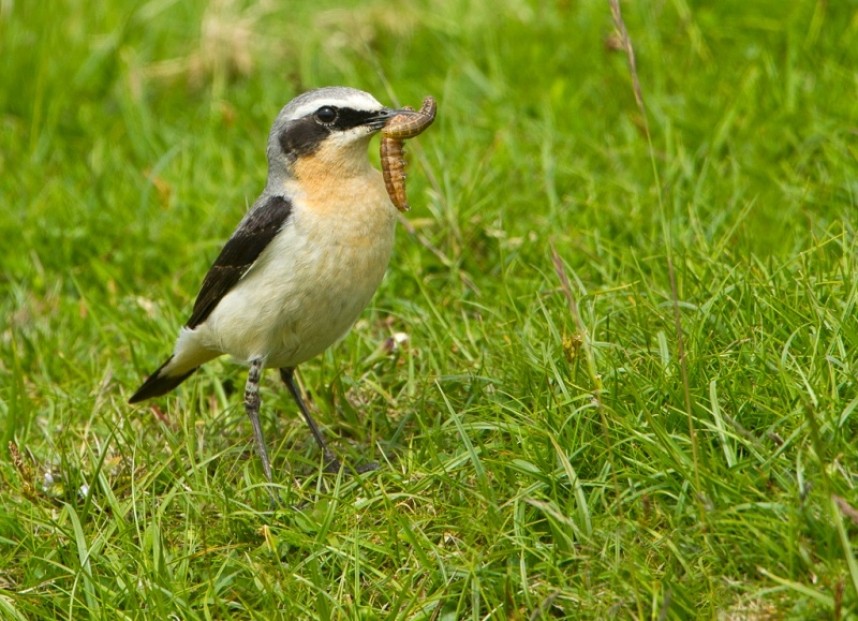
Northern Wheatear © Steve Race
Insects increase in frequency this month. Brimstone, Small Tortoiseshell and Peacock butterflies feed on spring flowers as the month progresses. Queen wasps and bumblebees can also be seen searching for nectar, often on willows, before starting to build their nests. Ladybirds can also be seen in March, with 7-spots particularly noticeable. The invasive Harlequin Ladybird may turn up in houses after emerging from communal hibernacula.
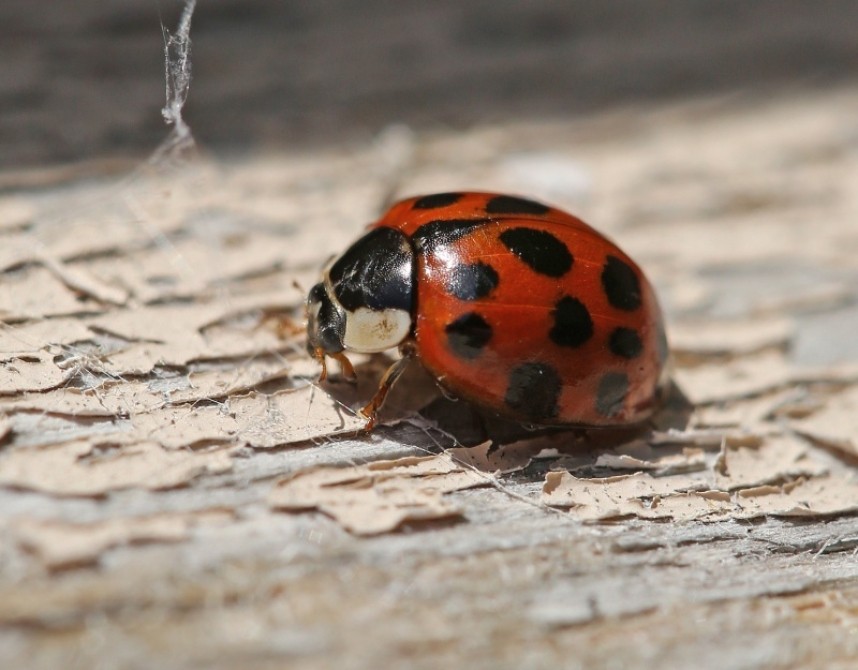
Harlequin Ladybird © Dan Lombard
In the plant world a little colour is at last breaking out with shiny yellow Lesser Celandine flowers appearing in woods and damp grassy places. This species grows from root tubers and in some places can become invasive. Marsh-marigolds, which like Celandines are members of the buttercup family, begin to unfold by fresh water or in wet fields. An alternative name is Kingcup. The yellow ‘petals’ are actually the sepals of the plant. Towards the end of the month, Blackthorn blossom in native hedgerows appears particularly white against the dark bark as it opens before the leaves of the tree. It is a valuable food-source for early insects. Each Blackthorn flower is a hermaphrodite, carrying both male and female reproductive parts.
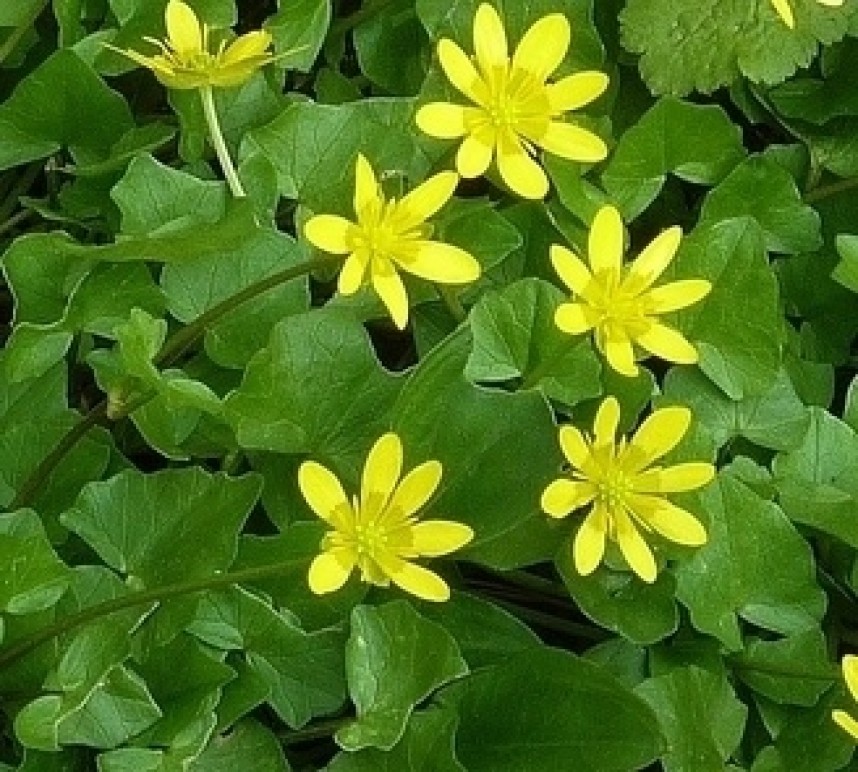
Lesser Celandines



 Back to Blog
Back to Blog
